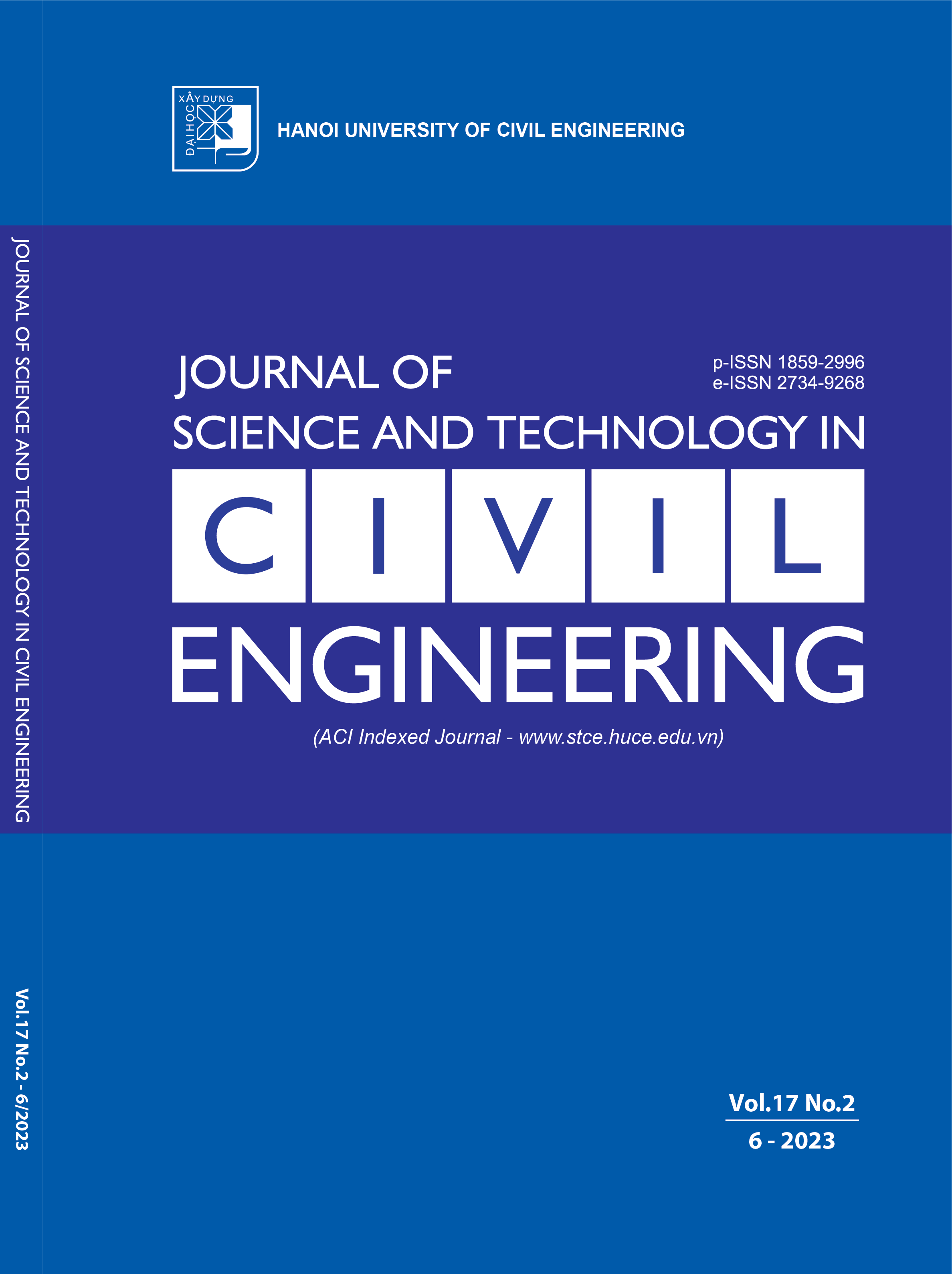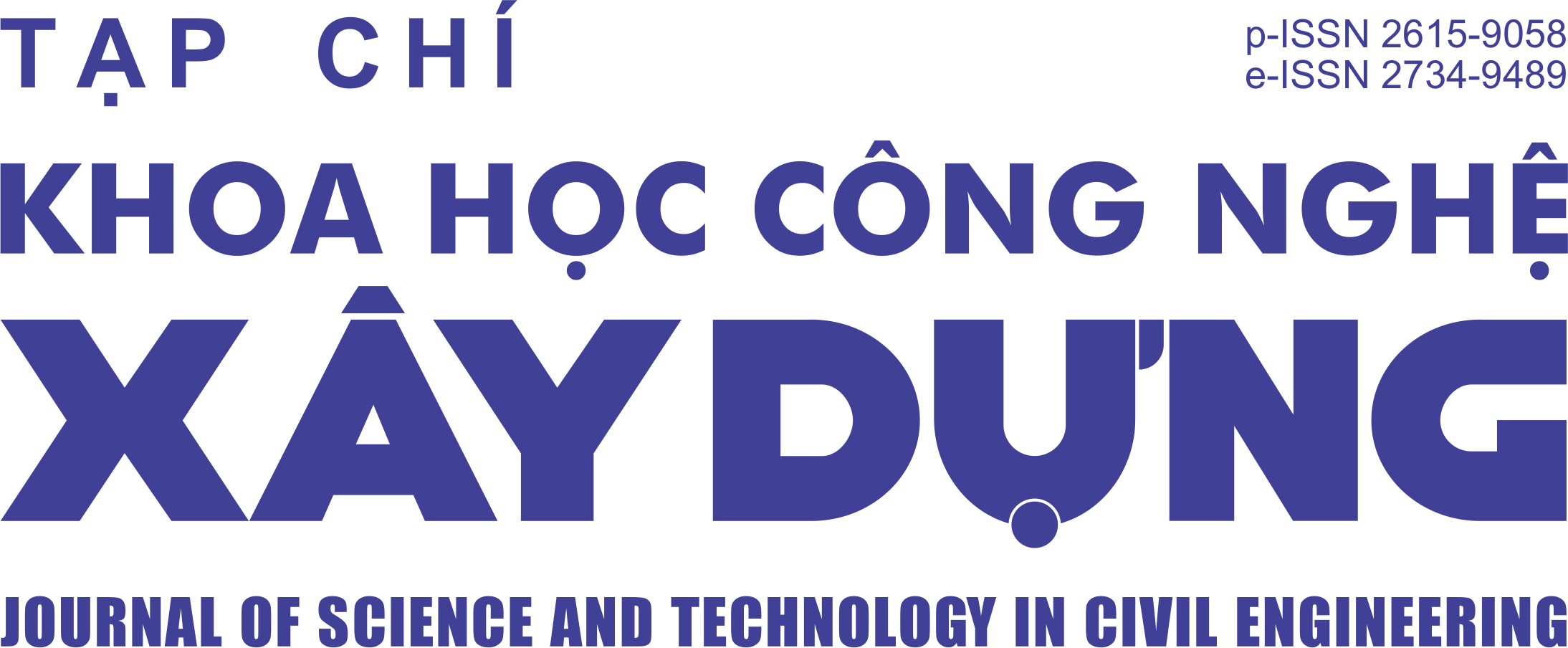Building drought classification map with landsat 8 image data in Bac Binh district, Binh Thuan province
Abstract
Vietnam experiences increasing droughts throughout the dry season due to climate change, global warming,
and human-caused activities like urbanization and deforestation. Drought hazard significantly impacts socioeconomic, agriculture, and the environment; it directly threatens human lives, livelihoods, food security, and environmental degradation. It is essential to have a drought assessment map to assist in developing and implementing strategies to combat drought. Space remote sensing technology development has enabled efficient and cost-effective monitoring and evaluation of droughts on a large scale, surpassing the capabilities of ground-based observations. This research uses remote sensing technology to monitor and assess the severity of the drought in the Bac Binh district, Binh Thuan province. We analyzed the Temperature Vegetation Dryness Index (TVDI) using multi-temporal Landsat 8 satellite data for the severe drought events in 2014, 2017, and 2020. The results indicate a significant increase in the percentage of land area affected by drought, from 50.74% in 2014 to 66.23% in 2020. The obtained maps provide valuable visual data to relevant agencies, assisting with planning preventative measures and mitigating future drought risks.
Downloads
Copyright (c) 2023 Hanoi University of Civil Engineering

This work is licensed under a Creative Commons Attribution-NonCommercial-NoDerivatives 4.0 International License.
1. The Author assigns all copyright in and to the article (the Work) to the Journal of Science and Technology in Civil Engineering (JSTCE) – Hanoi University of Civil Engineering (HUCE), including the right to publish, republish, transmit, sell and distribute the Work in whole or in part in electronic and print editions of the Journal, in all media of expression now known or later developed.
2. By this assignment of copyright to the JSTCE, reproduction, posting, transmission, distribution or other use of the Work in whole or in part in any medium by the Author requires a full citation to the Journal, suitable in form and content as follows: title of article, authors’ names, journal title, volume, issue, year, copyright owner as specified in the Journal, DOI number. Links to the final article published on the website of the Journal are encouraged.
3. The Author and the company/employer agree that any and all copies of the final published version of the Work or any part thereof distributed or posted by them in print or electronic format as permitted herein will include the notice of copyright as stipulated in the Journal and a full citation to the Journal as published on the website.







